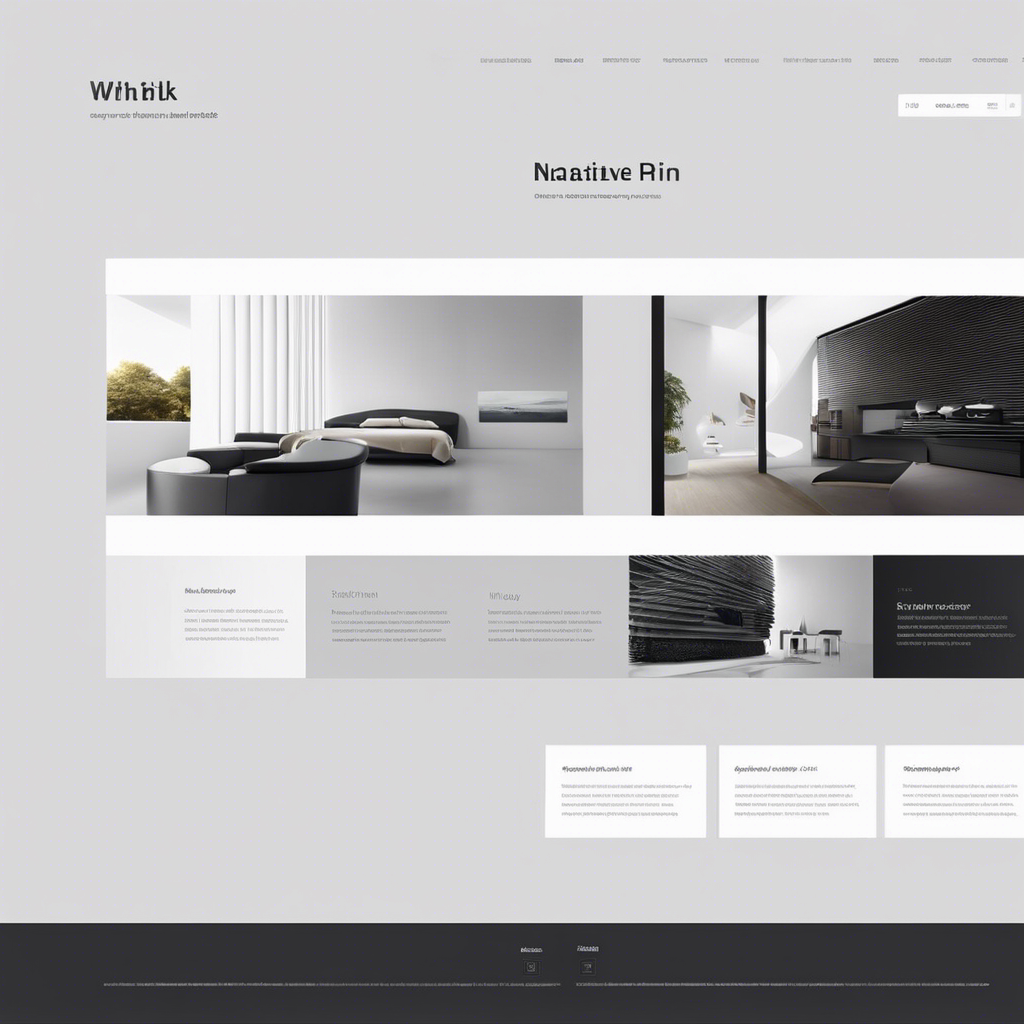Did you know that the loading speed of a website can have a significant impact on your user experience? Yes, it’s true! When a website takes too long to load, it can lead to frustration and even cause users to abandon the site altogether.
But why does loading speed matter? Well, studies have shown that faster loading times can improve user satisfaction, increase conversions, and even boost search engine rankings.
So, how can you ensure that your website loads quickly? There are several factors to consider, such as optimizing server response time, reducing unnecessary redirects, and prioritizing important content.
By taking these steps, you can provide a fast and seamless user experience that will keep your visitors engaged and happy.
Key Takeaways
- Slow load times lead to user frustration and increased bounce rates.
- Fast-loading websites can improve user engagement and satisfaction.
- Slow-loading websites are deprioritized by search engines, resulting in lower visibility and fewer visitors.
- Slow page load times significantly impact user satisfaction and engagement on mobile devices.
User Abandonment and Conversion Rates
In the article, we’ll explore how loading speed affects user abandonment and conversion rates.
Slow load times can have a significant impact on users’ experience on a website. When a site takes too long to load, users become frustrated and are more likely to bounce, leaving the site without engaging with its content. Research shows that even a 100-millisecond delay in website load time can result in a 7% increase in bounce rates.
On the other hand, websites that load in just 1 second have conversion rates that are three times higher compared to sites that take 5 seconds to load. This emphasizes the importance of optimizing loading speed to ensure a positive user experience and maximize conversion rates.
Impact on Search Engine Rankings
Improving loading speed has a significant impact on your website’s search engine rankings. Search engines, such as Google, deprioritize slow-loading websites, resulting in lower site visibility and fewer visitors. By prioritizing loading speed, you can improve your SEO rankings and increase your site’s visibility to potential users.
Slow page load time not only affects user experience but also affects your site’s overall performance in search engine results. A slow website can lead to a higher bounce rate, lower user satisfaction, and lower conversion rates. On the other hand, a fast-loading web page can improve user engagement, increase user satisfaction, and ultimately boost your site’s SEO rankings.
Therefore, it’s crucial to optimize your website’s load time and site speed to enhance your search engine rankings and overall online visibility.
Mobile User Experience
To ensure optimal user experience, you should consistently prioritize loading speed, especially when it comes to mobile devices, where slow page load times can significantly impact user satisfaction and engagement.
Mobile users have become increasingly prominent, particularly in Africa and Asia, with a growing number of people relying solely on mobile devices for internet access. Research shows that 53% of mobile users will bounce off a website if it takes more than three seconds to load. This highlights the importance of fast load times for capturing and retaining mobile users.
Slow load times not only frustrate users but also affect conversion rates, as users are less likely to engage with a website that takes too long to load. When it comes to mobile user experience, load time is a critical factor that should be prioritized in web development.
Factors Affecting Website Load Speed
When prioritizing loading speed for optimal user experience on mobile devices, it’s important to understand the factors that can affect website load speed. Every second counts in the fast-paced world of the web, where users expect instant access to information.
Factors such as server response time, unnecessary redirects, heavy CSS, HTML, and JavaScript files, and large images can all contribute to slower load speeds. Slow server response time can be caused by slow application logic, insufficient hardware resources, or slow network connections.
Unnecessary redirects add waiting time for visitors and should be minimized. Heavy files, like CSS, HTML, and JavaScript, should be reduced in size, while images should be optimized to reduce file size without compromising visual quality.
Importance of Speed in User Perception
You may not realize it, but the speed at which a website loads has a significant impact on how users perceive their overall experience. Load time is a critical factor that can make or break user engagement and conversion.
In today’s mobile-centric world, where potential customers expect instant access to information, slow loading websites can deter users and drive them away. Research has shown that even a mere 100-millisecond delay in load time can increase bounce rates by 7%. Furthermore, every additional second of loading time increases the likelihood of users bouncing by 32%.
On the other hand, websites that load within 0-2 seconds have the highest conversion rates. Therefore, optimizing load times isn’t only crucial for user satisfaction but also for maximizing potential purchases and ensuring the success of your web design efforts.
Frequently Asked Questions
How Does Page Speed Affect User Experience?
Slow page speed negatively impacts user experience. It leads to high bounce rates and user abandonment. Mobile optimization, image compression, browser caching, website hosting, content delivery networks, code optimization, and performance testing can improve loading speed and user engagement metrics.
Why Is Loading Speed Important?
Loading speed is crucial for a positive user experience. Slow loading leads to high bounce rates, lower SEO rankings, and decreased user satisfaction. It impacts website performance, user engagement, conversion rates, and competitive advantage.
What Is Loading Speed and How Does It Affect the Conversions?
Loading speed refers to how quickly a website displays its content. It impacts bounce rates, conversions, and SEO rankings. Optimizing loading speed through techniques like reducing server delays and heavy files is crucial for improving user experience and conversion rates.
What Is the Acceptable Loading Time for Ux?
To ensure a positive user experience, the acceptable loading time for UX is under three seconds. Mobile optimization, responsive design, and reducing website abandonment are crucial for user engagement, conversion rate optimization, and user satisfaction.




